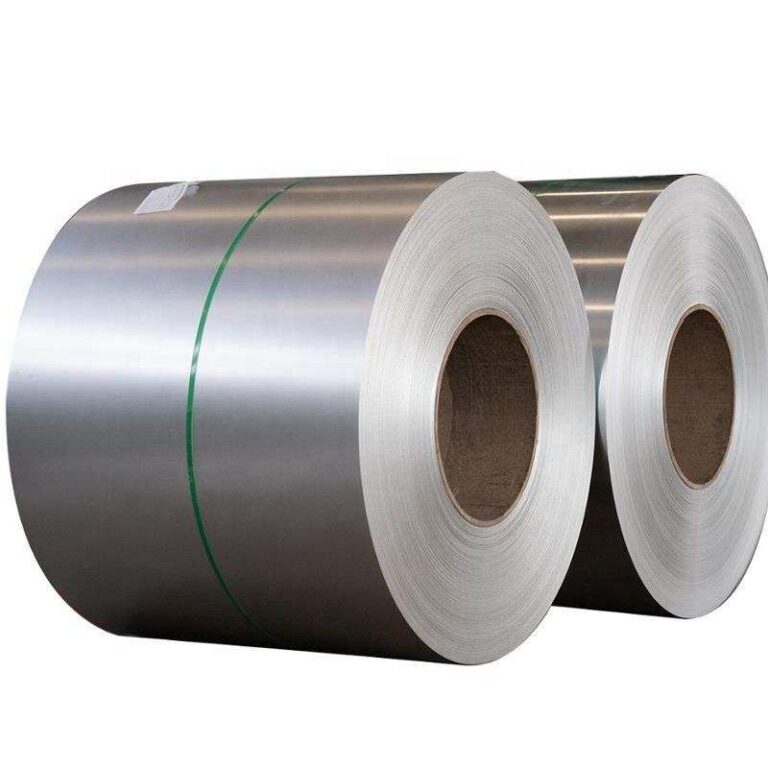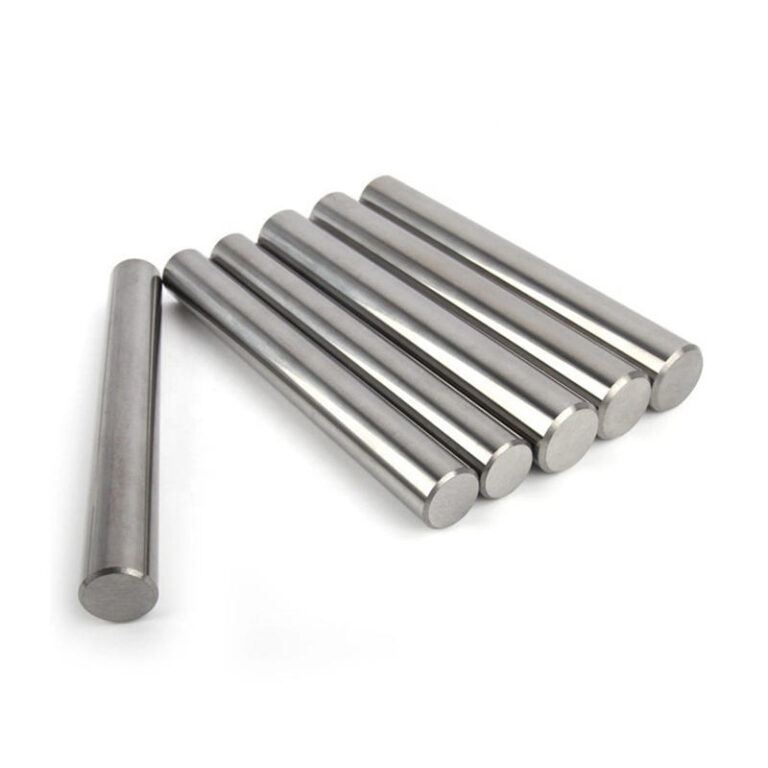tainless steel round bars have a wide range of sizes, and common diameters can range from a few millimeters to hundreds of millimeters. For example, the diameter of a small stainless steel round bar may be around 2mm to 20mm, and is used for the manufacture of precision mechanical parts, etc.; medium-sized ones are between 20mm and 100mm, and can be used for general mechanical structural parts; large ones can even reach 200mm and above, and are used for large projects or special equipment. There are also clear regulations on the accuracy requirements for dimensions, including the tolerance range of diameters. Different standards and application scenarios have different requirements for dimensional accuracy. In some high-precision machining, the tolerance requirements for round bar diameters are very strict.
Performance standards:
1. Tensile strength: It is an indicator to measure the maximum tensile force that a stainless steel round bar can withstand during the stretching process. The tensile strength requirements of stainless steel round bars of different grades and specifications are different. The tensile strength of 304 stainless steel round bars is generally above 520MPa, while some high-strength stainless steel round bars, such as precipitation hardened stainless steel round bars, can reach a tensile strength of more than 1000MPa.
2. Yield strength: It refers to the stress value when the material begins to produce obvious plastic deformation. For stainless steel round bars, yield strength is also an important mechanical performance indicator, which reflects the deformation resistance of the round bar when it is under load.
3. Elongation: It means the ratio of the elongation of the round bar before breaking to the original length in the tensile test. The greater the elongation, the better the plasticity of the material, and it can withstand deformation without breaking to a certain extent.
4. Hardness: The hardness of stainless steel round bars is also one of the important indicators of its mechanical properties. Commonly used hardness test methods include Brinell hardness and Rockwell hardness. Different application scenarios have different requirements for the hardness of stainless steel round bars. Stainless steel round bars used to manufacture cutting tools require higher hardness, while round bars used to manufacture some structural parts have relatively lower hardness requirements.




